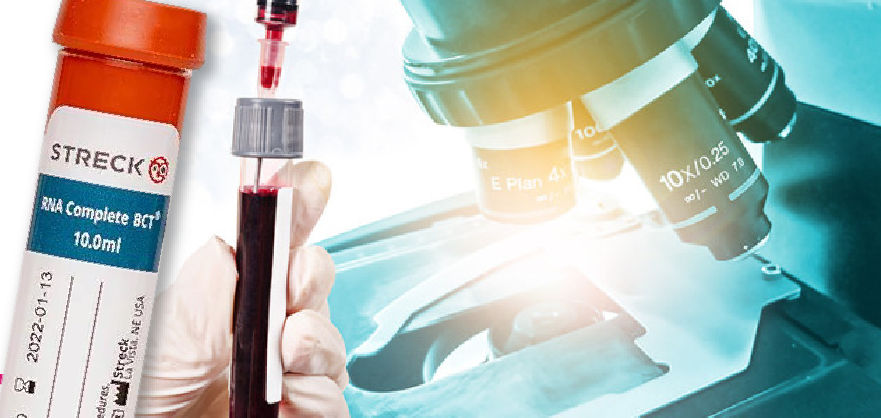inv16, CBFB/MYH11
inv(16)(p13;q22) and (16;16)(p13;q22) rearrangement inv(16)(p13q22) and t(16;16)(p13;q22) alterations are recurrent chromosomal rearrangements commonly associated with subtypes of AML (M4Eo, M2, M5) and in patients with high risk of MDS. inv(16)(p13q22) fuses CBFB gene (16q22) with MYH11 gene (16p13) resulting in a chimeric protein, CBFB-MYH11. The fusion protein CBFB-MYH11 blocks the process of cell differentiation in […]


